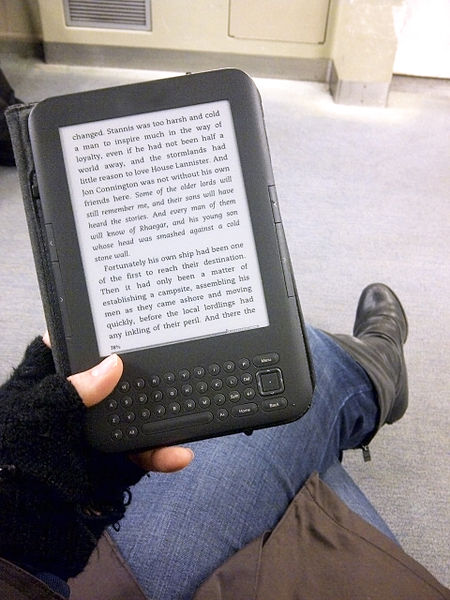Readers abandoning print newspapers in favor of online news may want to consider the effect it’s having. A study conducted by a researcher at the University of Houston (UH) finds those who read printed news publications read more news and also remember more news than those who read news online.
“As the U.S. public gets its news more from online newspapers and less from print, new questions have arisen about the differences of both reading experiences,” said Arthur D. Santana, an assistant professor in the Jack. J. Valenti School of Communication at UH and principal investigator of the study, “Print Readers Recall More Than Do Online Readers,” published in Newspaper Research Journal.
This study, co-authored with Randall M. Livingstone and Yoon Y. Cho, examines the difference in users’ experiences in print and online media – including how readers recall the information, how trustworthy they find the news and the amount of content they read.
“In essence, print newspapers are a more effective medium than online newspapers at spurring recollection,” said Santana.
The study’s participants were two groups of college students who were asked to have a news media blackout prior to the experiment. Participants were not told that their ability to recall news stories would be tested. One group read the print edition of The New York Times while the other group read the same day’s online version.
After 20 minutes of reading, participants were asked to note the headlines, general topics and main points of as many stories as they could remember. Print readers remembered an average of 4.24 news stories while online readers recalled an average of 3.35 stories, according to the research.
Santana offers a variety of explanations for the difference with recall. He says online readers may scan stories while print readers may be more methodical.
“The nature of the Web as a medium that has subsumed virtually all others makes it a site for a variety of uses, including commerce, communication, gaming, and of course, news. The print newspaper, however, is generally dedicated mostly to news, thus in choosing a particular medium, users bring preformed attitudes about what to expect.”
Santana said that unlike print news, online news is ephemeral; it can appear and disappear without warning, creating an element of distraction. It can also hasten the impression that since stories and headlines are apt to vanish, they are perhaps not worth remembering.
“At the same time, the knowledge that the information they can find online, even if it disappears after reading, is immediately electronically archived and thus imminently retrievable may make readers less apt to feel they need to store it in their memory,” Santana said.
He notes another explanation may be the design of each medium.
“Online readers are apt to acquire less information about the news than print readers because of the lack of salience cues. Since online story placement and prominence are in a constant state of flux, readers are less apt to register which are the important stories of the day.” In this way, part of the agenda-setting function of the print newspaper is lost in the online version, Santana said.
The aim of the study, he said, is to help newspapers become aware of different effects people experience when reading print and online media. Santana is a former newspaper journalist who spent 14 years as a reporter and editor in newsrooms across the country. He received his Ph.D. from the University of Oregon in 2012.

